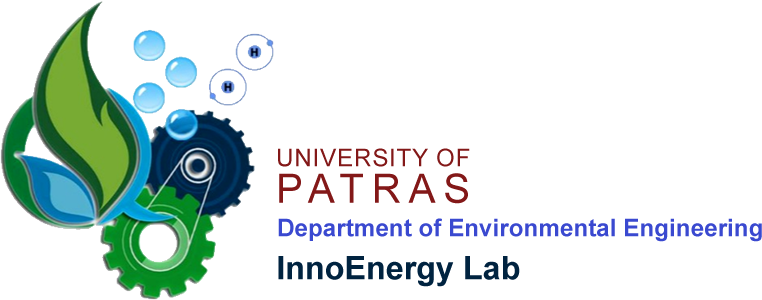Materials are essential to our technological society: semiconductors in the electronic industry, zeolites as catalysts in the petrochemical industry, ceramics in medicine and engineering, and, possibly in the future, high-temperature superconductors or permanent magnets in electrical & mechanical engineering….
In order to understand the properties of these materials and to improve them, the atomic structure has to be known. An effective way to do this is by means of diffraction techniques using neutrons from nuclear reactors and particle accelerators or X-rays from X-ray tubes and synchrotrons. The single crystal diffraction technique, using relatively large crystals of the material, gives a set of separate data from which the structure can be obtained.
However, most materials of technical interest cannot grow large crystals, so one has to resort to the powder diffraction technique using material in the form of very small crystallites. The drawback of this conventional powder method is that the data grossly overlap, thereby preventing proper determination of the structure. The “Rietveld Method” creates an effective separation of these overlapping data, thereby allowing an accurate determination of the structure.More at http://www.ccp14.ac.uk/ and www.rietica.com.


Materials & Processes for Energy & Environmental Applications Group / Department of Environmental Engineering, University of Patras
InnoEnergy Lab / Privacy Policy / Copyright 2020 / Developed by DigiLab
